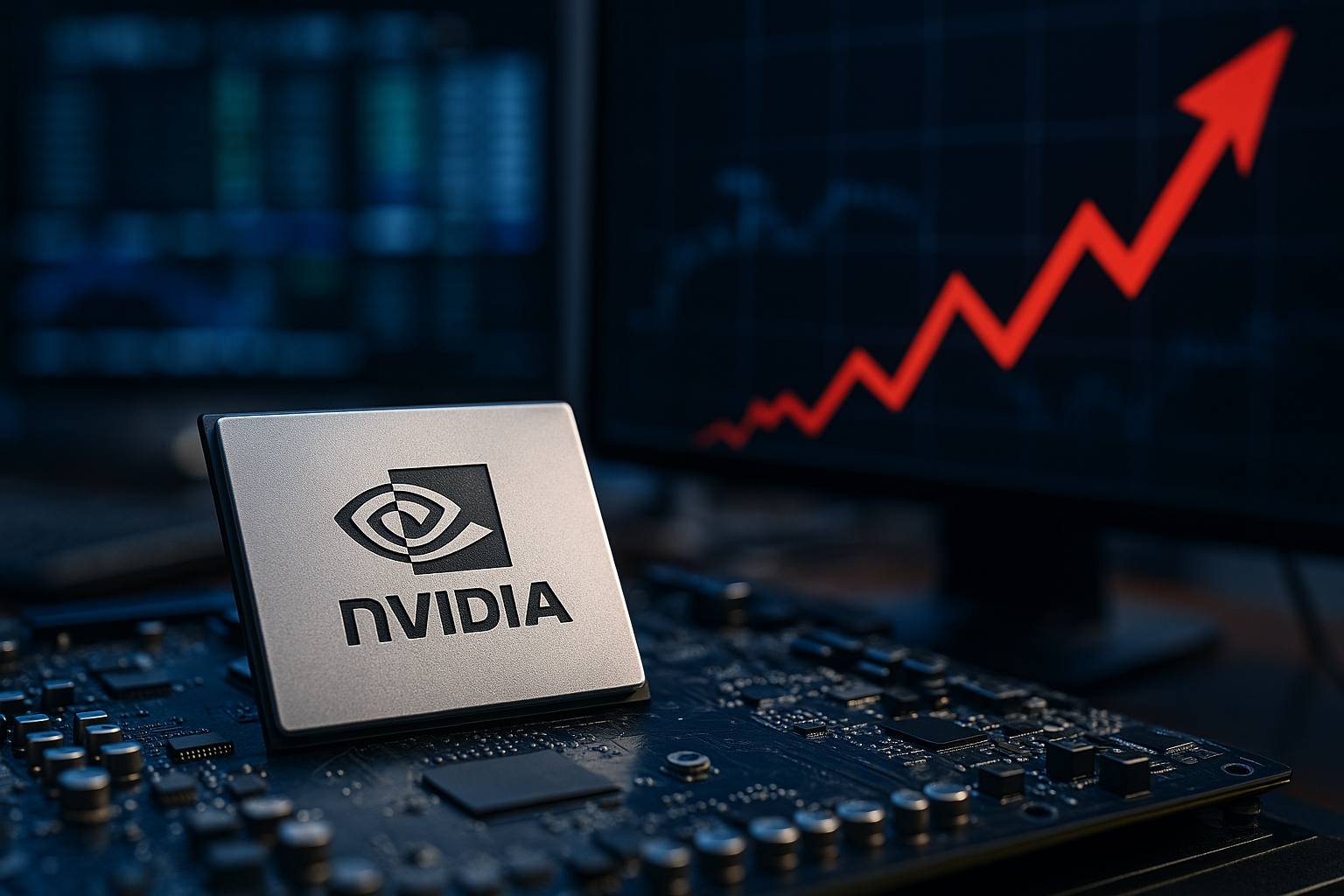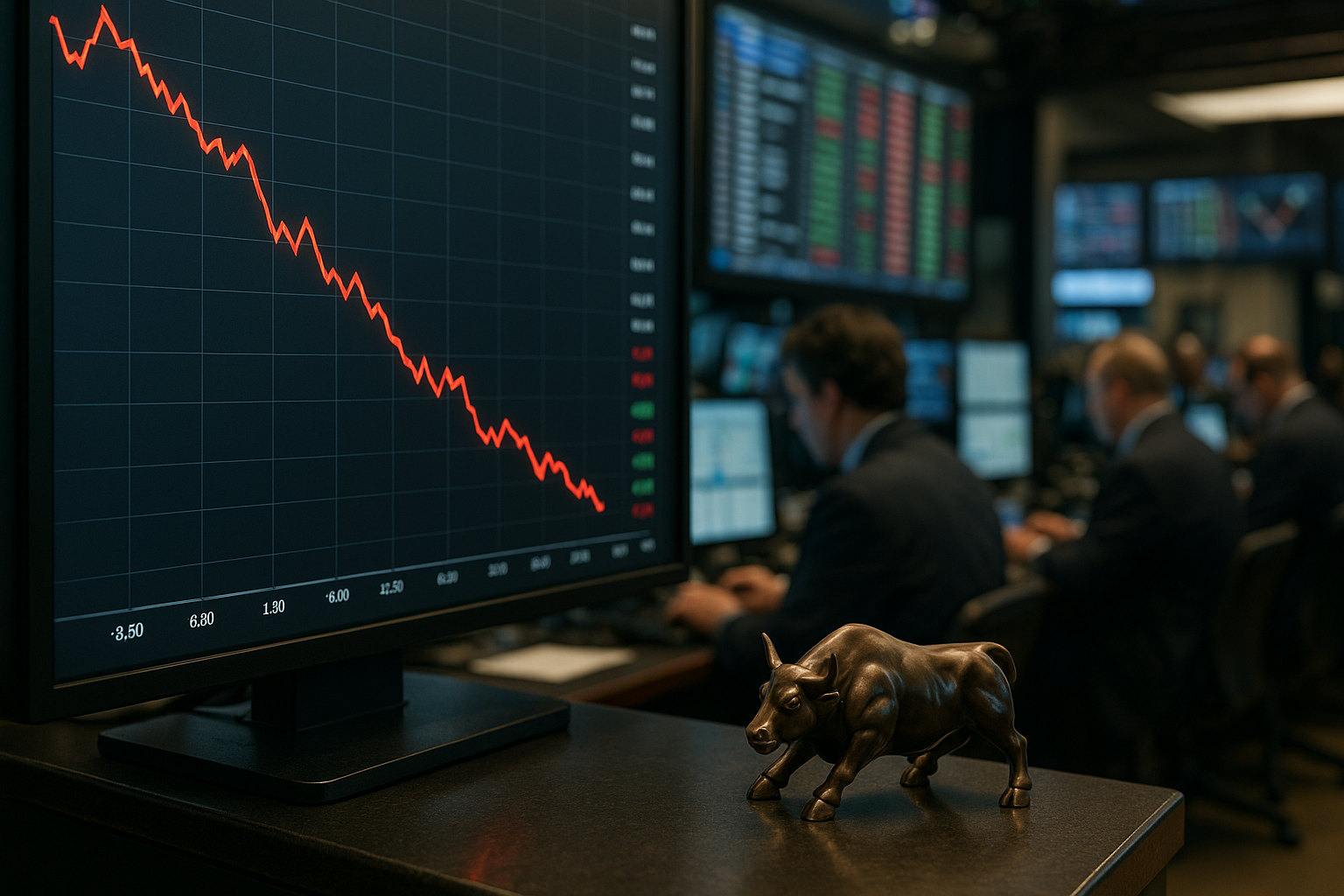A silent but powerful force is shaping today’s equity markets: trend-following funds, also known as Commodity Trading Advisors (CTAs), are sitting on $150 billion in global equities—placing their exposure at the 96th percentile historically. According to Goldman Sachs, this positioning leaves the market vulnerable to asymmetric flows that could amplify both rallies and sell-offs.
The Goldman analysis, reported by Investing.com, warns that if markets experience even modest weakness, CTAs could collectively unload as much as $200 billion in equities. By contrast, if markets rally further, these funds would add just $38 billion—highlighting a lopsided risk profile that could exacerbate downside momentum.
Why This Matters for Investors
Trend-following strategies mechanically adjust exposure based on recent price movements, buying into upward momentum and selling into declines. While this can sustain rallies during bull markets, it also means that sharp corrections may trigger automatic, large-scale selling.
With CTAs holding near-record equity allocations, their potential selling capacity far outweighs their buying power. This imbalance could create “air pockets” in liquidity, where prices drop faster than fundamentals alone would justify.
“This is a textbook setup for tail risk events,” notes a Goldman Sachs derivatives strategist. “When positioning is stretched and skewed, it doesn’t take much to cause a significant unwind.”
The Mechanics Behind the Risk
CTAs employ systematic trading models that respond to momentum signals, often across multiple asset classes including equities, bonds, commodities, and currencies. In equities, their buying in recent months has been fueled by strong performance in large-cap technology stocks, supportive macro data, and easing interest-rate expectations.
However, Goldman’s simulations show that a 3–5% equity market drop could trigger multi-billion-dollar outflows from CTAs in just days. That type of forced selling can compound losses for other leveraged or momentum-driven investors, creating a feedback loop.
Future Trends to Watch
- Fed Policy Signals: With markets currently pricing multiple rate cuts this year, any hawkish pivot could reverse equity momentum and trigger CTA selling.
- Volatility Spikes: Sudden increases in the VIX could prompt CTAs to cut exposure faster, magnifying price swings.
- Sector Concentration: Much of the CTA equity allocation is tied to tech-heavy indexes. A pullback in megacap tech could have outsized effects.
- Cross-Asset Shocks: CTA strategies are interconnected—shocks in commodities or FX markets could indirectly affect their equity exposure.
Risks Beyond the Models
While CTAs are systematic, their actions intersect with human-driven market behaviors. A large CTA unwind could:
- Push passive index funds into redemption cycles.
- Impact corporate buyback strategies if volatility surges.
- Force risk-parity funds to rebalance across asset classes.
This systemic risk is why Goldman’s note is being closely watched across trading desks. The market impact from CTA flows can be subtle in the buildup phase, but extremely pronounced during reversals.
Key Investment Insight
For equity investors, risk management is paramount in an environment where market structure itself can drive sharp moves. Practical steps include:
- Maintaining diversified exposure beyond momentum-heavy sectors.
- Using hedging strategies such as index puts or volatility-linked ETFs.
- Keeping dry powder to deploy during forced-selling events.
Institutional investors may also monitor CTA positioning reports and sentiment indicators to anticipate potential inflection points. Recognizing when the market is “long and wrong” can help avoid being caught in liquidity crunches.
CTAs may be following the trend, but investors who understand the mechanics behind these massive flows can stay ahead of the curve. With asymmetric positioning at historic highs, the next market move—whether up or down—could be sharper than fundamentals alone suggest.
Stay informed with MoneyNews.Today for timely, data-backed market intelligence that helps you navigate both opportunities and risks in today’s increasingly technical trading environment.





